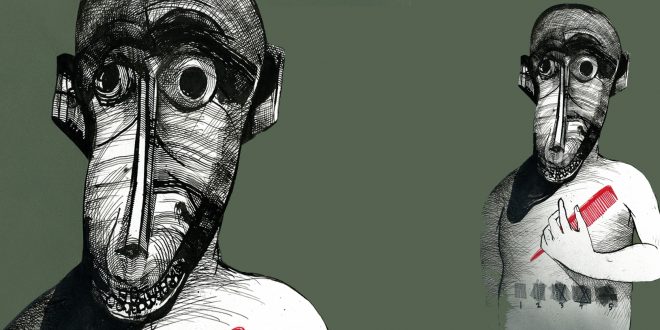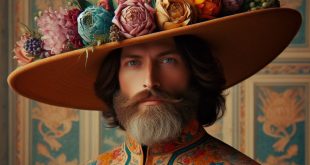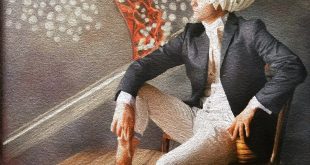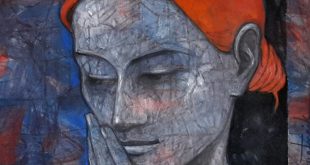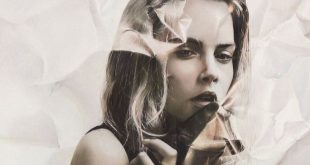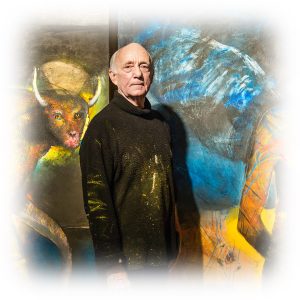 The existential parable of an extraordinary narrator
The existential parable of an extraordinary narrator
Born in Jamestown (New York) in October 1938, the painter Marshall Arisman https://marshallarisman.com/ graduated in advertising art from the Pratt Institute in 1960. After graduating, thanks to a scholarship he traveled and studied in Europe, then working for General Motors as a graphic designer.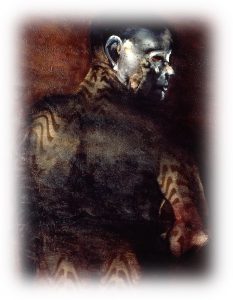
His grandmother lived in a community that billed itself as a center for spiritual healing, so that interest greatly shaped her grandson’s artistic career. While working at General Motors, Marshall Arisman took figure drawing classes, did illustrations for major American periodicals, and illustrated books. Exploring the theme of nuclear annihilation, in 2009 he created The Last Tribe https://www.youtube.com/watch?v=d3z52WSCwPw, a multimedia work.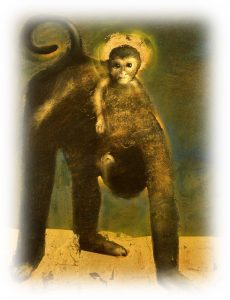
He completed paintings of monkeys and bison with glittering auras surrounding them, as he believed in the concept of reading auras. His Sacred Monkeys exhibition was the first American exhibition to be exhibited in mainland China. His paintings have been exhibited in solo exhibitions in the United States, Europe and Japan. Brooklyn Museum, Smithsonian and Museum of American Art include permanent collections of Marshall Arisman‘s paintings https://www.nytimes.com/2022/05/20/arts/marshall-arisman-dead.html.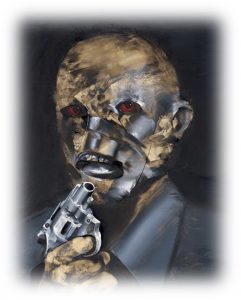
One of his most controversial pieces, The Curse of Violent Crime, cover made for Time magazine, was judged disturbing by most readers, yet, for the artist it was the pure and simple reflection of the voluntary action of violence in everyday reality. In 2008, Marshall Arisman https://www.facebook.com/people/Marshall-Arisman/100063717189933/ released Cobalt Blue, an album of his stories. His painting style has been described as dark and otherworldly. In 2012 he exhibited in Miami a series of oil paintings, Ayahuasca, partially based on Quechua religious rituals.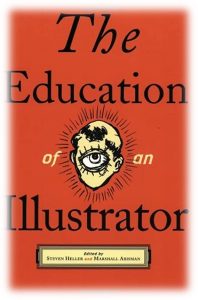
His way of perceiving the opportunities offered by the world of illustration included painting and sculpture, video and anything that could expand awareness of an external reality through the senses. Marshall Arisman https://www.amazon.com/Books-Marshall-Arisman/s?rh=n%3A283155%2Cp_27%3AMarshall+Arisman burst onto the illustration scene with a self-published collection of satirical commentary on gun violence. When he began doing editorial illustrations, his early inspirations came from André François and Francis Bacon. When Time magazine commissioned him to paint a cover depicting the death penalty, in 1984 he created a painting so horrific that it frightened those who bought the newspaper at the newsstand.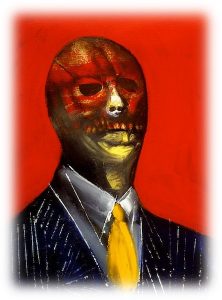
His stories are entertaining and existentially instructive. Since the 1960s, his provocative and often violent work has also appeared in The New York Times and Playboy. Marshall Arisman https://www.imdb.com/title/tt26933355/ was the founder of the Illustration as Visual Essay program at the School of Visual Arts in Manhattan. He was an illustrator whose provocative and often violent work has appeared in The New York Times and Playboy. Died in Manhattan in April 2022. Both his art and teaching practice are characterized by his ability to tell stories. To broaden your horizon of knowledge about other painters, you can type http://meetingbenches.com/category/paintings/. The sole purpose of this site is to spread the knowledge of these artists and that other people enjoy their works. The property of the images that appear in this blog correspond to their authors.
 Meeting Benches World art in all forms
Meeting Benches World art in all forms
